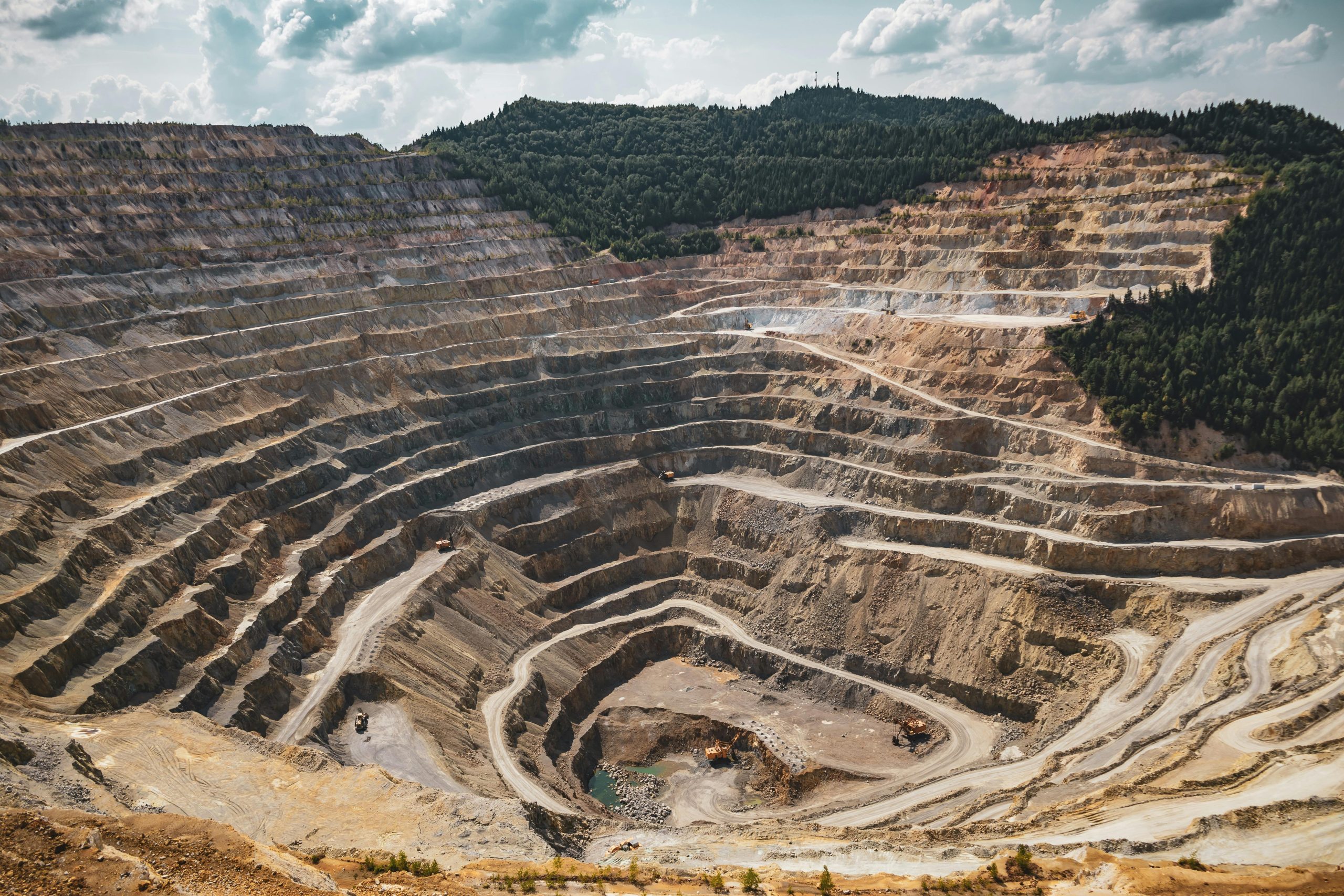Business role in environmental issues
Caroline Burns Ph.D
Learning Objectives
At the end of this module, you will be able to
- Describe environmental issues (national, international, and biospheric) that are exacerbated and/or caused by business.
Human-generated environmental impact can be traced back to the Industrial Revolution, when industries began exploiting natural resources to generate energy and produce goods. This impact has grown so significant that scientists have coined the term Anthropocene to describe the current era, which is marked by the overwhelming influence of human activity on the planet. Human actions are negatively affecting the environment at an accelerating rate (see Crutzen, 2002), so much so that scientists have labeled the period post-1945 as the Great Acceleration, highlighting that rapid population growth and unsustainable energy use disrupt the Earth’s natural systems (Whiteman et al., 2013; Steffen et al., 2015). In this context, decision-making in contemporary businesses requires leaders to go beyond maximizing profits by encompassing environmental impact into business strategy and operations.
The Environmental Impact of Doing Business
Use of raw materials
Service industries like finance, IT, and banking may not directly extract raw materials. However, running data centers and office buildings requires substantial energy and water. This is particularly problematic in areas with limited water availability. They also create an energy demand, which very often comes from non-renewable sources. The manufacturing and mining sectors deplete supplies of metals, minerals, and fossil fuels, which is itself problematic, but this, in turn, leads to such problems as deforestation, soil erosion, and water scarcity.

Water scarcity
Some service-based industries, like hospitality and healthcare, use massive quantities of water for cleaning, laundry, sanitization, and food services. Moreover, manufacturing-based businesses use significant amounts of water for their processes and equipment cleaning. On the other hand, industrial farming requires large amounts of water to irrigate crops like rice and cotton and water livestock.
Pollution
Intensive energy-using industries like those relying on cloud computing and crypto mining, for example, contribute indirectly to air pollution through their energy use. Hospitality businesses pollute by discarding chemicals from laundries and general cleaning activities into local water systems. Additionally, production-based businesses emit greenhouse gases of all types and industrial waste. Finally, agriculture contributes to water pollution through the runoff of pesticides and fertilizers into rivers and groundwater systems.
Waste
Due to simple day-to-day operations, service industries generate paper, plastics, and e-waste. In addition, manufacturing generates chemical, polymer, and non-recyclable waste. Finally, agriculture produces organic and packaging waste.
Greenhouse gas emissions
Both service and production businesses generate greenhouse gas (GHG) emissions indirectly through energy use and directly through business travel and employee commuting. Production-based businesses also create GHGs as a direct consequence of using cement, chemicals, steel, and petrochemicals in their processes. Both create GHGs indirectly through the waste they produce. Agricultural activity creates methane and nitrous oxide from livestock, growing crops like rice, and through intensive chemical-based fertilizers.

Deforestation and biodiversity loss
Service businesses that influence the demand for commercial real estate destroy natural habitats, as does agriculture when land is converted from undeveloped land to that which supports non-subsistence farming.
As described above, businesses negatively impact the environment through their operational processes and use of natural resources. While industrial growth and economic activity lead to economic development, they create significant environmental damage. It is indeed a balancing act. Equally important to consider, though, is that environmental damage, in turn, poses risks to business success. The short-term risks include increased operating costs because of increased compliance costs related to environmental regulations, disruptions to operations caused by weather and climate disruptions, supply chain volatility due to environmental degradation, and weather and climate-related issues. Long-term risks include reputation and brand damage, legal and regulatory risks, and investor pressure. Businesses must be aware of these risks and take proactive measures to mitigate them to ensure long-term sustainability and success.
Environmental degradation and climate change are reshaping work across sectors in several ways. Workers in industries like construction, extractive industries, agriculture, fishing, and tourism are vulnerable to resource depletion and job displacement. Extreme weather conditions also lead to job losses and business closures. Extreme weather and environmental hazards increase employee-related safety risks and decrease employee productivity, especially for outdoor workers. Finally, climate-related migration simultaneously leads to labor shortages and surpluses.
Case Study
Visit Ethics Unwrapped for a case study on Arctic Offshore Drilling.
To prepare for a discussion of the case, review the following articles for additional context.
References
Crutzen, P. (2002, January 3). Geology of mankind. Nature, 415, 23. https://doi.org/10.1038/415023a
Steffen, W., Broadgate, W., Deutsch, L., Gaffney, O., & Ludwig, C. (2015). The trajectory of the Anthropocene: the great acceleration. The anthropocene review, 2(1), 81-98. https://doi.org/10.1177/2053019614564785
Steffen, W., Richardson, K., Rockström, J., Cornell, S. E., Fetzer, I., Bennett, E. M., … & Sörlin, S. (2015). Planetary boundaries: Guiding human development on a changing planet. Science, 347(6223), 1259855. https://www.doi.org/10.1126/science.1259855
Whiteman, G., Walker, B., & Perego, P. (2013). Planetary boundaries: Ecological foundations for corporate sustainability. Journal of Management Studies, 50(2), 307-336. https://doi.org/10.1111/j.1467-6486.2012.01073.x

